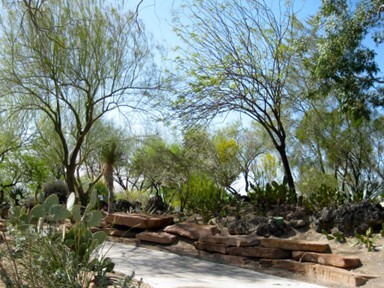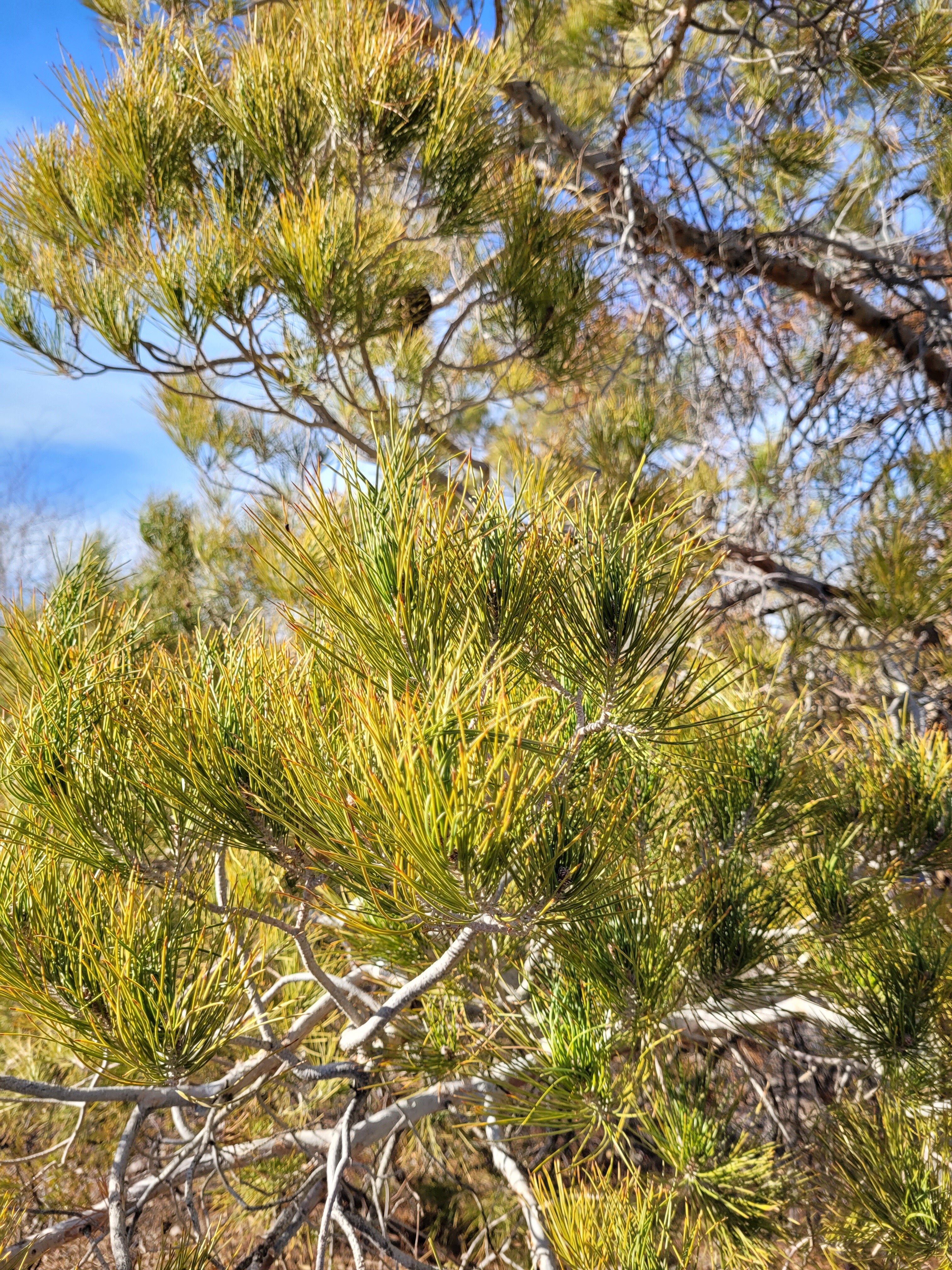Last month, the U.S. Forest Service (USFS) officially granted the City of Las Vegas $5 million as a part of its Urban and Community Forestry Program (U&CF), an investment program funded by the Inflation Reduction Act that supports community investment in urban tree canopies. Tree planting is a pivotal way The grant will be used to expand equitable access to trees and green spaces in the city and will marks a significant stride towards a greener, more sustainable, and cooler Clark County.
Understanding Urban Heat
Extreme heat is already one of the primary impacts of climate change felt by Clark County residents. Currently, the County experiences about 4 days above 106° annually, but projections indicate that by 2064, this number could rise to nearly 30 days. However, extreme heat can be further exacerbated by the Urban Heat Island (UHI) effect.
The UHI effect refers to the phenomenon of urbanized areas experiencing significantly higher temperatures than more suburban or rural areas. This happens for multiple reasons: buildings and roads absorb and hold heat from the sun over longer periods of time than trees or natural landscapes. Additionally, heat coming from cars, buildings, and more can be held in denser urban areas. All of these factors lead to more urban centers often experiencing not just higher temperatures, lower air quality and water quality than surrounding areas. Multiple areas in Clark County are affected by this process, causing some neighborhoods to be more impacted by extreme heat than others.
How Tree Planting Helps
When trees and other natural materials are introduced to urbanized areas, they don’t only provide cooling in the form of shadier neighborhoods and parks. Trees and other vegetation (like bushes and shrubs) also cool the air through transpiration – the process in which plants absorb water through their roots and cool surrounding areas by releasing water vapor through their leaves. Combined, these effects can be so powerful that “forested” urban areas have been found to be 2.9° cooler on average than their unforested counterparts.
All $5 million of the grants invested by the USFS will go towards planting trees and reducing the urban heat island effect in the Las Vegas area, with the program expecting to plant 50,000 new trees by 2050. Over the next five years, this initiative will not only add thousands of drought-tolerant trees to our community, but will educate Clark County residents about the importance of trees in urban areas. Moreover, it plans to train and certify arborists, connecting them with employers in order to bolster the local workforce in sustainability work and tackling climate change.
Call-to-Action: Get Involved in Tree Planting
Plant a Tree!: Learn how to plant a tree in your backyard or community space. Planting a tree correctly will ensure it will stay put and grow correctly in coming years. Picking the right drought-tolerant tree is also important in making sure that your tree is the right fit for our Mojave Desert landscape.
Stay Informed: Stay updated on local tree planting initiatives (like Nevada Plants and Impact NV) and the impact they are making in mitigating urban heat. Follow the Clark County DES on Facebook, Twitter, and Instagram to learn more about the All-In Clark County Initiative and its steps towards a more sustainable community.
Previous Post
Addressing Extreme Heat with the All-In Clark County Plan


